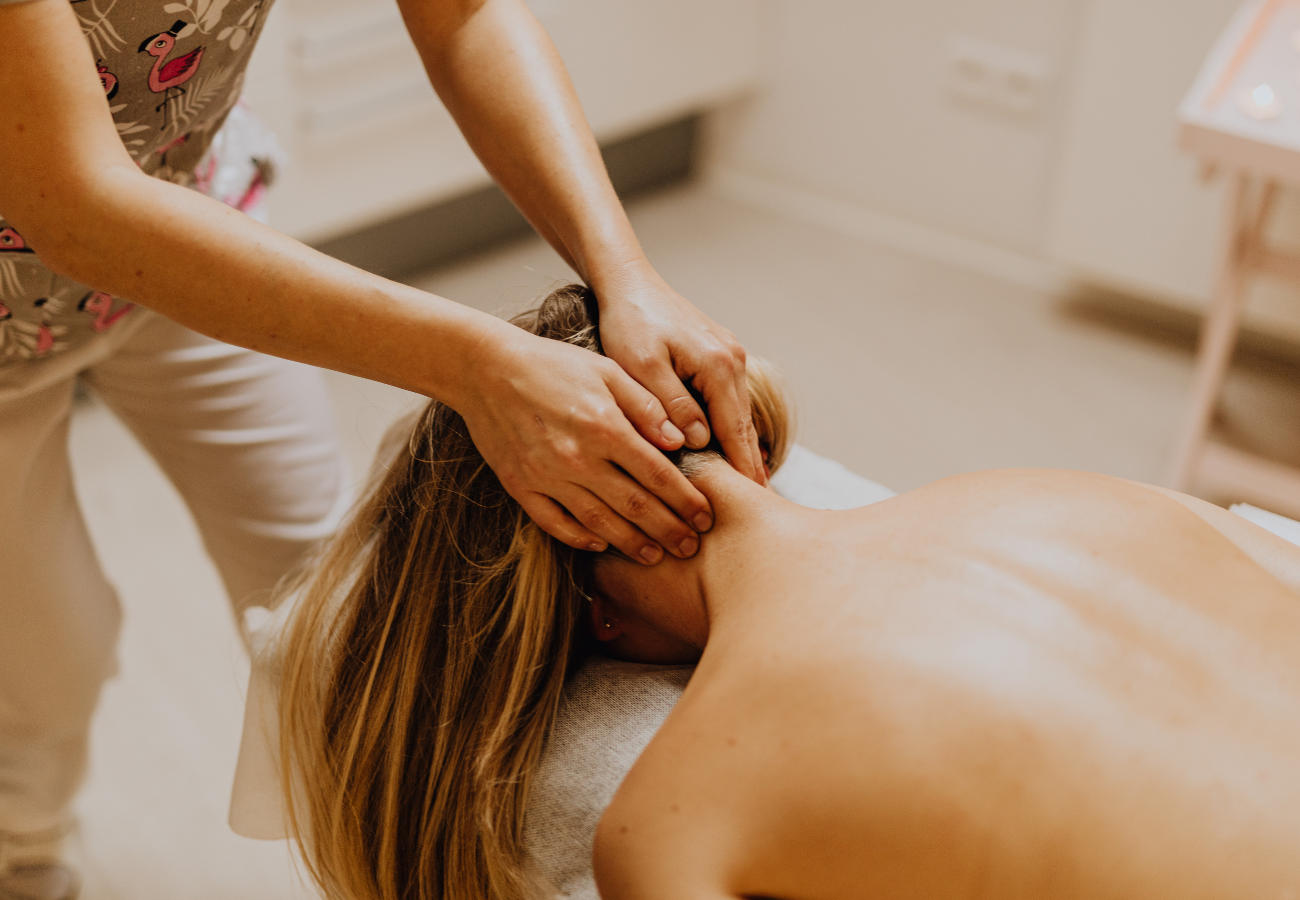Rolfing Therapy: A Deep Dive into Structural Integration and Lasting Relief

Most people think of massage as a way to relax—but what if there was a form of bodywork that could actually change the way you move, breathe, and live in your body? That’s the promise of Rolfing Structural Integration: a powerful hands-on therapy that works not just on muscles, but on your entire fascial system.
At OurWell, several of us have experienced firsthand the transformative effects of Rolfing. After just a few sessions, things began to shift—chronic pain eased, posture realigned, and a deeper sense of embodiment emerged. Whether you’re an athlete, a desk worker, or someone healing from trauma, Rolfing offers more than just relief—it offers reconnection.
In this guide, we’ll break down what Rolfing is, how it works, what the Ten-Series looks like, and why so many people are turning to it as a natural solution to chronic pain and misalignment.
What Is Rolfing Therapy?
Rolfing (named after its founder, Dr. Ida P. Rolf) is a form of manual therapy focused on manipulating the body’s connective tissues—particularly the fascia, the web-like network that surrounds muscles, bones, and organs.
Unlike traditional deep tissue massage, Rolfing doesn’t just target muscle knots. It aims to realign and balance the entire body, releasing restrictions caused by injury, repetitive motions, poor posture, or unresolved trauma.
It’s not always what people expect. Rolfing is:
- Structural, not just soothing
- Deep, but not necessarily painful
- Collaborative—you and your certified Rolfer work together with awareness and breath
Digging Deeper: The Science Behind Rolfing Therapy
The science behind Rolfing lies in its relationship with fascia—the connective tissue that holds everything in place. When fascia becomes tight or dehydrated due to physical or emotional stress, it can pull the body out of alignment and cause pain.
Rolfing uses specific techniques to hydrate, loosen, and release fascial restrictions, allowing the body to return to its natural blueprint. This can result in:
- Improved posture
- Greater range of motion
- Enhanced athletic performance
- Better breathing and digestion
Emerging studies, including those published in The Journal of Bodywork and Movement Therapies, are starting to support the claims long observed by practitioners and clients alike.
Tickling the Benefits: Why Choose Rolfing Therapy?
So why do people choose Rolfing over other types of bodywork?
Benefits of Rolfing therapy include:
- Reduced chronic pain (back, neck, hips, jaw)
- Better balance and coordination
- Fewer repetitive strain injuries
- Relief from tension headaches and TMJ
- Greater ease in physical activity and daily movement
For many, it also brings emotional and psychological relief—as releasing physical patterns often opens up space for emotional processing.
Taking a Closer Look: The Ten-Series of Rolfing
Rolfing is most commonly practiced as a Ten-Series: a sequence of 10 sessions designed to methodically address the entire body. Each session has a specific focus:
- Breath + Rib Cage
- Feet + Lower Legs
- Sides of the Body
- Pelvis + Hips
- Front Line + Core
- Back Line + Spine
- Head, Neck + Shoulders 8–10. Integration: bringing it all together
Think of it as unwinding the body layer by layer—helping it remember how to move with efficiency, fluidity, and grace.
Exploring the Psychological Benefits of Rolfing Therapy
While Rolfing works on the body, its effects often ripple into the mind. Clients frequently report:
- Increased emotional resilience
- Feeling more grounded and present
- Greater mind-body awareness
- Release of stored emotions tied to physical tension
Rolfing can be a powerful complement to therapy, trauma healing, or mindfulness practice.
Real Stories, Real Results: Success Stories from Rolfing Therapy
Across the OurWell community, we’ve seen Rolfing make a meaningful difference:
- A yoga teacher reclaimed their practice after years of hip pain
- A runner improved stride and dropped nagging knee pain
- A creative professional found relief from anxiety through embodied awareness
These stories remind us that Rolfing works—not because it “fixes” the body, but because it invites the body to remember how to align with itself.
Is Rolfing Legit? Common Questions Answered
Is Rolfing painful? It can be intense, but it should never be unbearable. A skilled Rolfer works with your breath and comfort level.
Does Rolfing work? Many say yes—including athletes, bodyworkers, and medical professionals. Research is still catching up, but the anecdotal evidence is powerful.
Is Rolfing legit? Rolfing is a certified modality taught through the Rolf Institute (now known as the Dr. Ida Rolf Institute®). It’s recognized as a valid form of structural integration therapy.
Final Thoughts
Rolfing is more than a bodywork technique—it’s a practice of becoming more comfortable in your body, more aware of your movement, and more connected to the space you take up in the world.
At OurWell, we believe in healing that moves from the inside out. If you’re dealing with chronic pain, postural imbalance, or just a feeling of being “off,” Rolfing may offer a deeper reset than you imagined.
“When the body gets working appropriately, the force of gravity can flow through. Then, spontaneously, the body heals itself.” — Dr. Ida P. Rolf
Curious? Start with one session and see how it feels. Healing is personal—and your body is worth listening to.
.png)

.png)
.png)
.png)
.png)